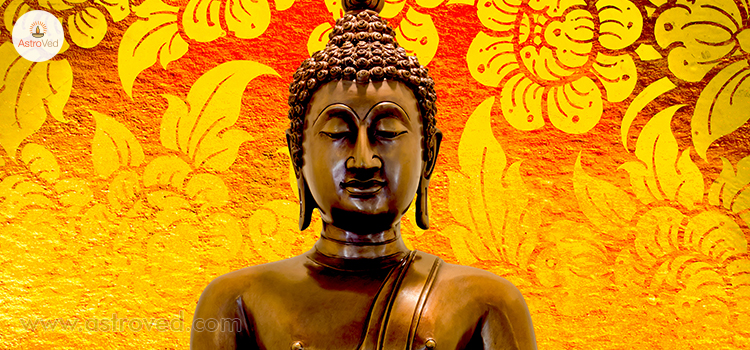Significance of Rohini Vrat

September 19, 2018
About Rohini Vrat
Rohini Vrat is a sacred Indian ritual which is mainly observed by the Jain community. The ritual begins when the Rohini Nakshatra rises in the sky after sunrise; this event occurs once in twenty seven days. The day of this ‘Vrat’ (fast) is considered highly significant for Jains. They believe that by observing the ritual on this day, one can get relief from sorrow, poverty and other obstacles in life. According to the Jain and Hindu calendar, the auspicious occasion of Rohini is considered as one of the twenty seven Nakshatras. The Rohini Nakshatra fast concludes with the rise of the Margashirsha Nakshatra, which signals the end of the Rohini Nakshatra period. In all, there are a total of twelve Rohini fasting days occurring in a year.

Significance of Rohini Vrat
The practice of fasting on
Rohini Nakshatra is highly beneficial not only to the person observing the fast, but also to the family members. Fasting on this day is said to bring prosperity, happiness, and maintaining the unity of the family. Women also observe the fast for the long life and well-being of their husbands. Many women in Jain households observe the fast for calm and peace to reign in their home. The ideals of Jain culture prescribe the observance of observing the Rohini fast by the women of the community as a spiritual practice. However, this is not a hard and fast rule, and the fast should be observed only by one’s own free will and not out of compulsion. It is also recommended that the fast be observed only by those with a sound physical and mental disposition and not by those who are frail and weak.
History of Rohini Vrat
Lord Mahavir who is regarded as the founder of Jainism, was preceded by twenty three holy men. They were called ‘Tirthankaras’ and regarded as the saviors and teachers of Dharma (righteous path). In keeping with Lord Mahavir’s principles, all these holy men lived the lives of ascetics and were actively engaged in severe spiritual meditation. They also advocated the practice of non-violence, which forms an integral part of the Jain faith. Lord Mahavir also strongly propagated the theory of non-attachment to the physical self and the attainment of a higher plane of existence. Those who abide by these principles will be able to attain self-realization and thus achieve the ultimate goal of human life. The Jain faith advocates living a life of complete detachment and renunciation devoid of worldly pleasures, and a commitment to a spiritual way of life. However, strict observance of these tenets is not binding and leading a normal household life is completely within the ambit of the faith. By adhering to the commandments of Jain culture and not succumbing to over indulgence, one can still lead a life of faith and commitment.
Rituals observed during Rohini Vrat
On the occasion of
Rohini Vrat, the women of the household awake early and have a holy bath in preparation for the rituals and Pujas to follow. They, then assemble at the Puja altar where the idol of the Jain God ‘Vasupujya’ is installed. The holy idol is then given a ritualistic bath, followed by an elaborate Puja, with various items also being offered to the deity. The Women do not consume anything either before or after the Puja. The fast continues for the duration of the entire day until the rise of Mirgashirsha Nakshatra. Normally, the Rohini fast is observed for three, five or seven years. Rohini fasting should also be concluded with strict adherence to Udyapana.
Don’t forgot to Share this Article!






















